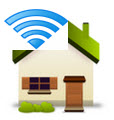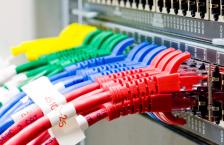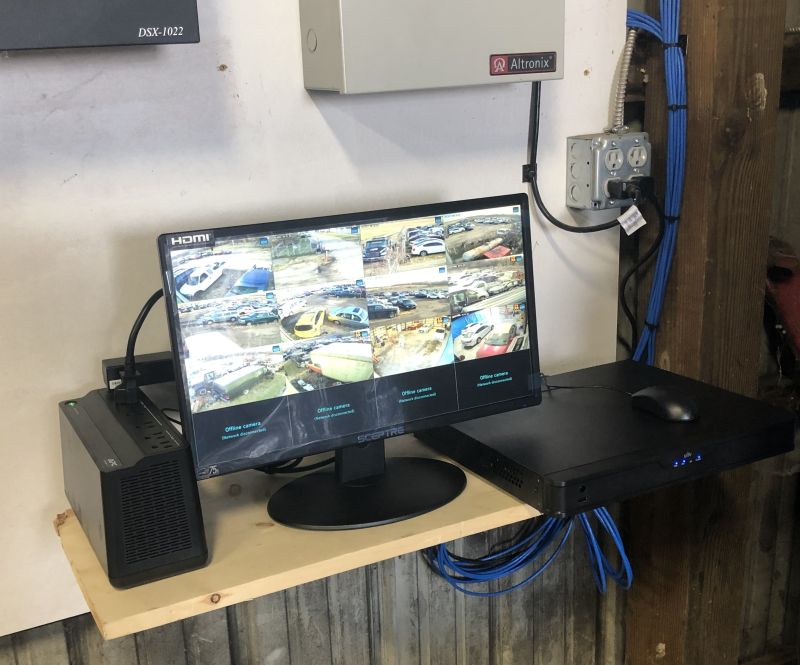In today’s multimedia world, connecting devices like laptops to external displays or speaker systems is a common need. RCA jacks, with their distinct red, white, and yellow color-coding, offer a simple and versatile way to transmit audio and video signals. Whether you’re setting up a home theater system, connecting to a projector for presentations, or just want better sound quality, knowing how to connect your laptop to RCA jacks is a valuable skill.
1. Identify the Connections
The first step is to determine what audio and video outputs your laptop has available. Common options include:
- HDMI Port: This versatile port can transmit both audio and video signals, making it a convenient choice for connecting to RCA jacks.
- 3.5mm Headphone Jack: While primarily designed for audio output, this jack can also be used to connect to RCA audio jacks with the right cable.
- USB Ports: Some laptops may support USB audio devices, which can be connected to RCA jacks using a USB-to-RCA adapter.
Identifying the available ports on your laptop will help you choose the appropriate cables for the connection.
2. Gather the Required Cables
Once you know your laptop’s output options, you’ll need to obtain the necessary cables to connect to the RCA jacks. Here are some common cable choices:
- HDMI to RCA Cable: This cable has an HDMI connector on one end and three RCA plugs (red, white, and yellow) on the other, allowing you to transmit both audio and video signals.
- 3.5mm to Dual RCA Audio Cable: With a 3.5mm plug on one end and two RCA plugs (red and white) on the other, this cable is ideal for connecting your laptop’s headphone jack to RCA audio jacks.
- USB to RCA Audio Adapter: If your laptop supports USB audio devices, this adapter can convert the USB signal to RCA audio outputs.
When selecting cables, ensure they are long enough to comfortably reach between your laptop and the RCA device without causing strain or tangling.
3. Connect the Audio Cables
For 3.5mm to RCA Audio Cables:
- Plug the 3.5mm end of the cable into your laptop’s headphone jack.
- Connect the red RCA plug to the red (right audio channel) input jack on your speaker system or TV.
- Connect the white RCA plug to the white (left audio channel) input jack.
For HDMI to RCA Cables:
- Plug the HDMI end of the cable into your laptop’s HDMI port.
- Connect the red RCA plug to the red audio input jack on your device.
- Connect the white RCA plug to the white audio input jack.
4. Connect the Video Cable (if needed)
If you’re connecting your laptop to a TV or projector for video output, you’ll need to use the yellow RCA plug on your HDMI-to-RCA cable.
- Ensure the HDMI end of the cable is securely connected to your laptop’s HDMI port.
- Connect the yellow RCA plug to the yellow video input jack on your TV or projector.
5. Set Up Audio on Your Laptop
Once the cables are connected, you’ll need to configure your laptop’s audio settings to ensure the sound is routed correctly.
- Open your laptop’s audio settings (typically found in the Control Panel or System Preferences).
- If using a 3.5mm audio cable, select “Headphones” or “Headphone Jack” as the audio output device.
- If using an HDMI cable, select “HDMI” or “HDMI Audio” as the output device.
6. Adjust Levels and Switch Inputs
With the cables connected and audio settings configured, you’re almost ready to enjoy your content. However, there are a few final steps:
- On your TV, speaker system, or projector, switch to the appropriate RCA input channel (often labeled “AUX” or “Input”).
- Adjust the volume levels on both your laptop and the external device to find the optimal audio balance.
7. Troubleshoot if Needed
If you’re experiencing issues with audio or video output, don’t worry – there are a few troubleshooting steps you can try:
- Ensure all cables are firmly connected and seated properly in their respective ports.
- Double-check that the correct input is selected on your external device (TV, speakers, etc.).
- Verify that your laptop’s audio output is enabled and not muted.
- Try different cables or ports on your laptop to rule out any hardware issues.
- Consult your device’s user manual or manufacturer’s support for additional troubleshooting tips.
By following these seven steps, you’ll be able to successfully connect your laptop to RCA jacks, unlocking a world of multimedia possibilities. Whether you’re enjoying your favorite movies, giving presentations, or simply enhancing your audio experience, this guide will ensure a seamless and high-quality connection.
So, whether you’re a tech enthusiast, a professional, or simply someone looking to enhance their multimedia setup, bookmark this guide and explore our extensive collection of cable and accessory resources. Together, we’ll navigate the ever-evolving world of technology, one connection at a time.






0